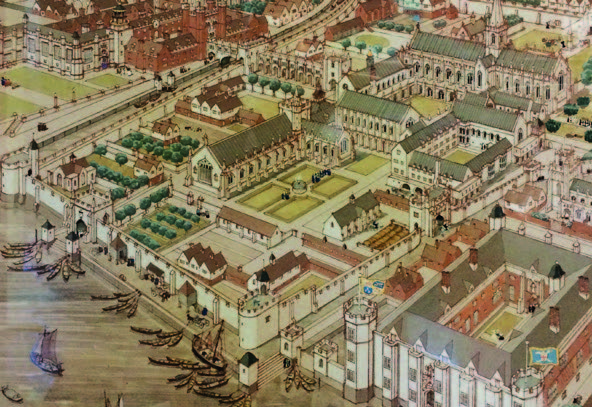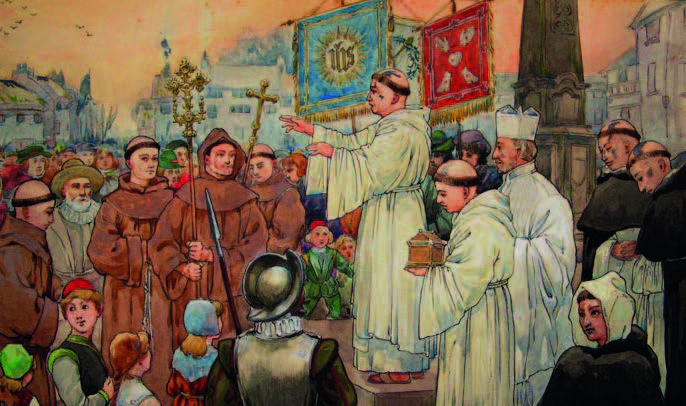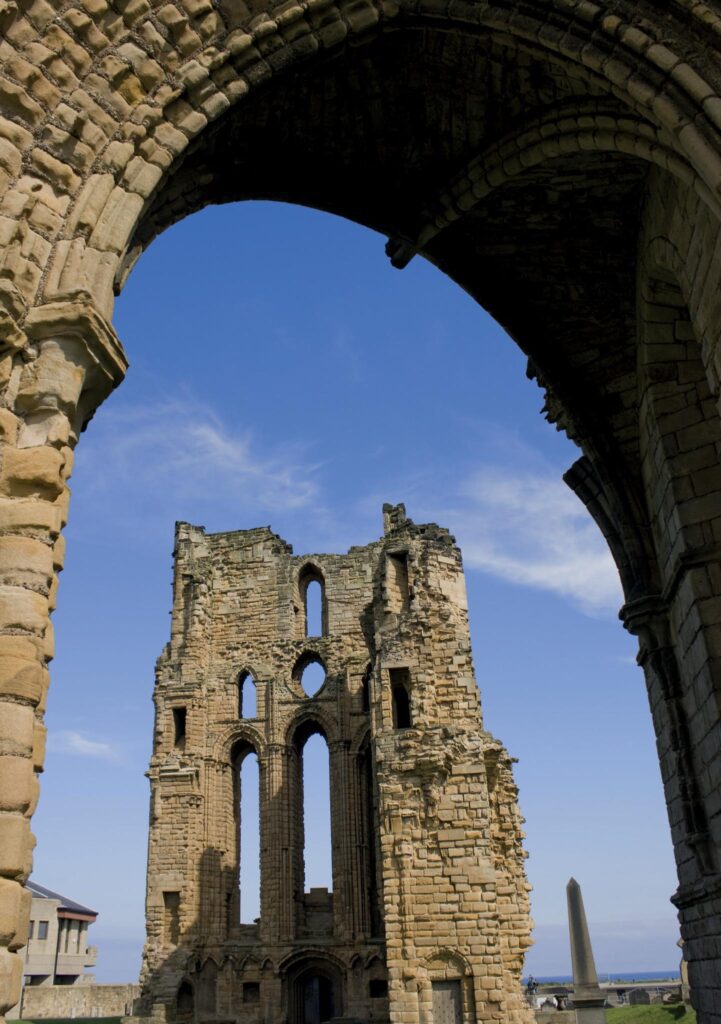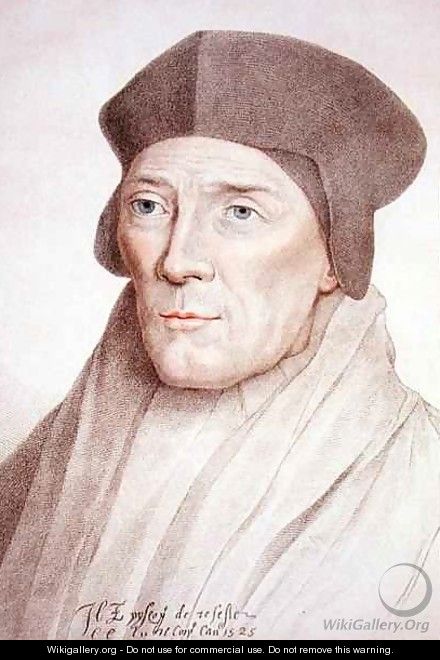History 4: The Reformation

The Eve of the Reformation
The Catholic Church in Britain on the eve of the Protestant Reformation was not especially sick. As recent historians have shown, the faith was firmly embedded throughout society and in the daily habits of the people. In Oxford, Blackfriars continued to flourish. In the early 16th century, improvements to the buildings were being made right up to the eve of the Dissolution.
However, within a few years, the earthquake came that would shake the English Church to its foundations, as an impatient Henry VIII sought to dissolve his marriage to Catherine of Aragon in order to remarry. It was indeed in the Dominican priory, at Blackfriars, London (see picture), that Queen Catherine made her moving plea to her husband to save their marriage.
The outcome of this ill-fated dispute would divide the entire country as the King sought to enforce conformity to his will.


John Hilsey: The Provincial appointed by King Henry VIII
It would be tempting only to parade before you the heroes and heroines of our Province’s history, but that would be to give a distorted impression of our eight hundred years! So, here is a villain – John Hilsey!
Hilsey had been Prior of Bristol, and had at one stage opposed what he then considered the unorthodox teaching of the Protestant reformer Latimer, but came to accept both the Royal Supremacy and some aims of the Reformers by Lent 1533.
He was imposed on the friars as Provincial by Thomas Cromwell in April 1534. Hilsey was instructed to ‘reduce’ the friars ‘to uniformity, calling in, if necessary, the aid of the secular arm’. He worked swiftly to secure the obedience to royal authority of all the mendicant communities (orders that beg for their living) in London, which they first obtained in writing from the priors on April 17th 1534, just four days after their appointment.
They then tackled in early May the houses on the periphery of the capital, including the Dominican friaries at King’s Langley and Dunstable, and in mid-May the nuns at Dartford.
Hilsey’s work was rewarded in August 1535, when he was made bishop of Rochester, succeeding the martyred St John Fisher (pictured). In this capacity Hilsey preached at the funeral of Queen Catherine of Aragon in August 1536, to allege she had admitted on her deathbed to never being Queen of England. His loyalty earned him another reward when Cromwell enabled him to remain as Prior of the London ‘Blackfriars’.
Bishop Hilsey, received a pension as a stooge of Cromwell. The last Dominican priory to be closed was Scarborough in March 1539, followed later that year by the nunnery at Dartford. Hilsey stands for many who, for better or worse, made their peace with the new ecclesiastical regime.

St John Fisher, succeeded as Bishop of Rochester by Hilsey.
